
| Recorded by: Mark Basinger on 2025-06-26
Buncombe Co.
Comment: | 
| Recorded by: Jim Petranka on 2024-07-18
Madison Co.
Comment: |
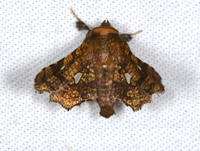
| Recorded by: Jim Petranka on 2024-07-01
Madison Co.
Comment: | 
| Recorded by: Mary Kay Cassano on 2024-06-18
Rutherford Co.
Comment: |

| Recorded by: Mary Kay Cassano on 2024-06-18
Rutherford Co.
Comment: | 
| Recorded by: Mary Kay Cassano on 2024-06-18
Rutherford Co.
Comment: |
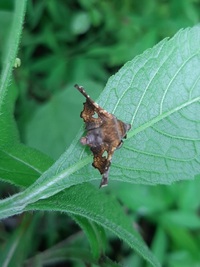
| Recorded by: Regina Patton on 2024-06-06
Jackson Co.
Comment: | 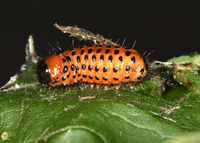
| Recorded by: Jim Petranka, Bo Sullivan and Becky Elkin on 2023-09-15
Macon Co.
Comment: |
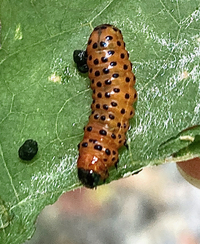
| Recorded by: Jim Petranka and Becky Elkin on 2023-09-05
Buncombe Co.
Comment: | 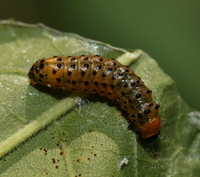
| Recorded by: David George, John Petranka on 2023-09-02
Orange Co.
Comment: |
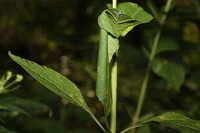
| Recorded by: David George, John Petranka on 2023-09-02
Orange Co.
Comment: | 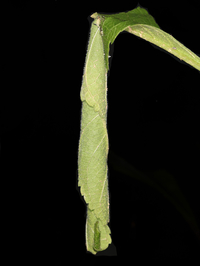
| Recorded by: Jim Petranka on 2023-08-21
Madison Co.
Comment: A leaf roll with a larva that was on Eutrochium fistulosum. |

| Recorded by: Jim Petranka on 2023-08-21
Madison Co.
Comment: A leaf roll with a larva that was on Verbesina alternifolia. | 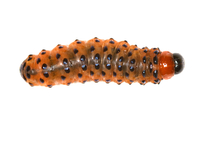
| Recorded by: Jim Petranka and Becky Elkin on 2023-08-16
Macon Co.
Comment: |

| Recorded by: Jim Petranka and Becky Elkin on 2023-08-16
Macon Co.
Comment: | 
| Recorded by: Emily Stanley on 2023-07-08
Yancey Co.
Comment: |
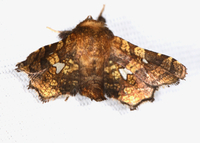
| Recorded by: Jim Petranka on 2023-07-07
Madison Co.
Comment: | 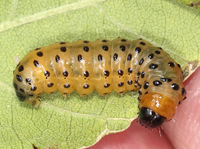
| Recorded by: John Petranka on 2022-09-22
Orange Co.
Comment: |
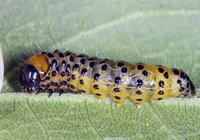
| Recorded by: John Petranka on 2022-09-11
Orange Co.
Comment: | 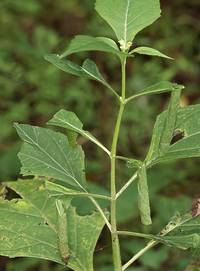
| Recorded by: John Petranka on 2022-09-11
Orange Co.
Comment: A Yellow Crownbeard with three leaf rolls. |
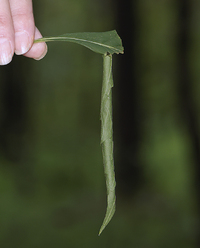
| Recorded by: John Petranka on 2022-09-11
Orange Co.
Comment: | 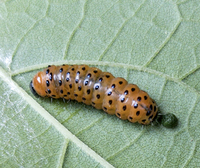
| Recorded by: John Petranka on 2022-09-05
Orange Co.
Comment: |
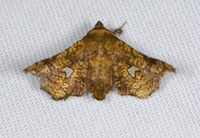
| Recorded by: Jim Petranka on 2022-07-13
Madison Co.
Comment: | 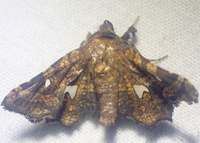
| Recorded by: tom ward on 2022-07-04
Buncombe Co.
Comment: |
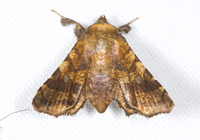
| Recorded by: Jim Petranka and Becky Elkin on 2021-07-22
Graham Co.
Comment: | 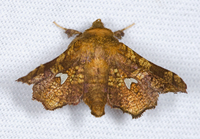
| Recorded by: jim Petranka on 2021-07-02
Madison Co.
Comment: |
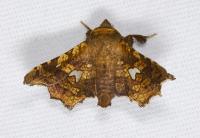
| Recorded by: Jim Petranka and Becky Elkin on 2020-07-11
Madison Co.
Comment: | 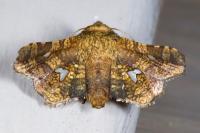
| Recorded by: Jim Petranka and Becky Elkin on 2020-07-04
Madison Co.
Comment: |

| Recorded by: Darryl Willis on 2015-06-10
Cabarrus Co.
Comment: |

 »
»




 »
»


